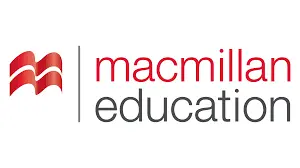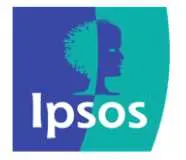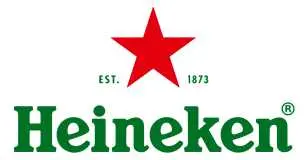
Blue Tea Market Growth, Trends, Size, Analysis, Demand, Challenges and Future Outlook
Blue Tea Market Growth, Size, Trends Analysis - By Product, By Type, By Distributional Channel - Regional Outlook, Competitive Strategies and Segment Forecast to 2034
| Published: Feb-2025 | Report ID: FOOD2517 | Pages: 1 - 235 | Formats*: |
| Category : Food & Beverages | |||
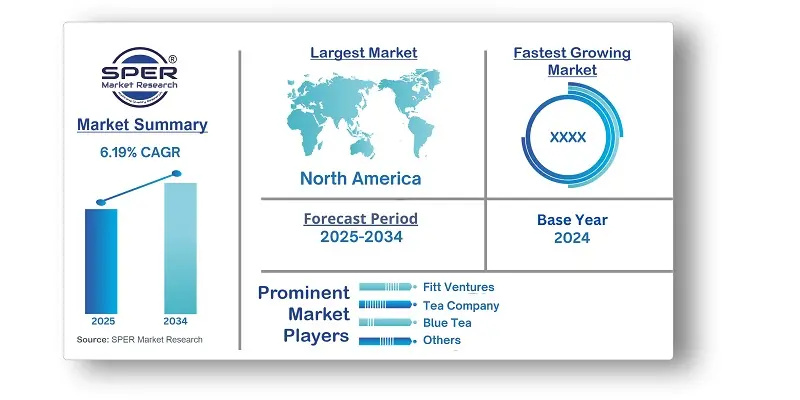
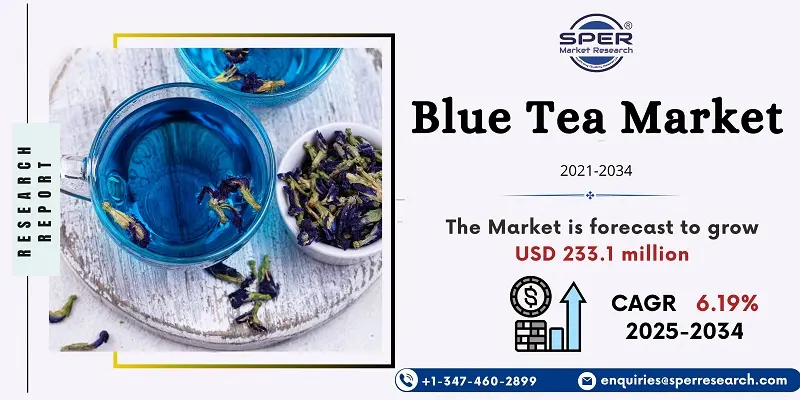
- In July 2024, The Killashee Hotel will host a special afternoon tea event in collaboration with the Debra Ireland charity. Helping people with the uncommon skin disorder epidermolysis bullosa (EB) is the initiative's goal. By carefully combining smart promotions with hotel facilities, the project boosts participation and visibility.
- In May 2024, Butterfly pea flower is an element of the new Relax and Regenerate Herbal Supplements Tea Line from Numi Organic Tea, an a winner social entrepreneur and founding member of the B Corporation that specialises in buying organic, Fair Trade Certified teas.
- In March 2023, At Natural Products Expo West, Sparkling Botanicals by Rishi, an assortment of ready-to-drink beverages, debuted their newest Flavor, Blue Tea Jasmine. Rare ingredients that originate directly from artisan farmers worldwide are blended to create Blue Tea Jasmine, a sparkling violet drinks with a Flavor reminiscent of concord grapes.
| Report Metric | Details |
| Market size available for years | 2021-2034 |
| Base year considered | 2024 |
| Forecast period | 2025-2034 |
| Segments covered | By Product, By Type, By Distributional Channel. |
| Regions covered | North America, Latin America, Asia-Pacific, Europe, and Middle East & Africa. |
| Companies Covered | Lake Missoula Tea Company, Revival Tea Company, Blue Tea, Inc., Tucson Tea Company, Fitt Ventures, Inc., Noble Roots Urban Garden LLC, The Hale Tea Company, Blue Willow Tea, Sancha Tea, Yum Cha Tea Company. |
- Global Blue Tea Market Size (FY’2021-FY’2034)
- Overview of Global Blue Tea Market
- Segmentation of Global Blue Tea Market By Product (Loose Leaves, Powder)
- Segmentation of Global Blue Tea Market By Type (Conventional, Organic)
- Segmentation of Global Blue Tea Market By Distributional Channel (Off-trade, On-trade)
- Statistical Snap of Global Blue Tea Market
- Expansion Analysis of Global Blue Tea Market
- Problems and Obstacles in Global Blue Tea Market
- Competitive Landscape in the Global Blue Tea Market
- Details on Current Investment in Global Blue Tea Market
- Competitive Analysis of Global Blue Tea Market
- Prominent Players in the Global Blue Tea Market
- SWOT Analysis of Global Blue Tea Market
- Global Blue Tea Market Future Outlook and Projections (FY’2025-FY’2034)
- Recommendations from Analyst
1.1. Scope of the report1.2. Market segment analysis
2.1. Research data source
2.1.1. Secondary Data2.1.2. Primary Data2.1.3. SPERs internal database2.1.4. Premium insight from KOLs
2.2. Market size estimation
2.2.1. Top-down and Bottom-up approach
2.3. Data triangulation
4.1. Driver, Restraint, Opportunity and Challenges analysis
4.1.1. Drivers4.1.2. Restraints4.1.3. Opportunities4.1.4. Challenges
5.1. SWOT Analysis
5.1.1. Strengths5.1.2. Weaknesses5.1.3. Opportunities5.1.4. Threats
5.2. PESTEL Analysis
5.2.1. Political Landscape5.2.2. Economic Landscape5.2.3. Social Landscape5.2.4. Technological Landscape5.2.5. Environmental Landscape5.2.6. Legal Landscape
5.3. PORTERs Five Forces
5.3.1. Bargaining power of suppliers5.3.2. Bargaining power of buyers5.3.3. Threat of Substitute5.3.4. Threat of new entrant5.3.5. Competitive rivalry
5.4. Heat Map Analysis
6.1. Global Blue Tea Market Manufacturing Base Distribution, Sales Area, Product Type6.2. Mergers & Acquisitions, Partnerships, Product Launch, and Collaboration in Global Blue Tea Market
7.1. Loose Leaves7.2. Powder
8.1. Conventional8.2. Organic
9.1. Off-trade9.2. On-trade
10.1. Global Blue Tea Market Size and Market Share
11.1. Asia-Pacific
11.1.1. Australia11.1.2. China11.1.3. India11.1.4. Japan11.1.5. South Korea11.1.6. Rest of Asia-Pacific
11.2. Europe
11.2.1. France11.2.2. Germany11.2.3. Italy11.2.4. Spain11.2.5. United Kingdom11.2.6. Rest of Europe
11.3. Middle East and Africa
11.3.1. Kingdom of Saudi Arabia11.3.2. United Arab Emirates11.3.3. Qatar11.3.4. South Africa11.3.5. Egypt11.3.6. Morocco11.3.7. Nigeria11.3.8. Rest of Middle-East and Africa
11.4. North America
11.4.1. Canada11.4.2. Mexico11.4.3. United States
11.5. Latin America
11.5.1. Argentina11.5.2. Brazil11.5.3. Rest of Latin America
12.1. Asheville Tea Company
12.1.1. Company details12.1.2. Financial outlook12.1.3. Product summary12.1.4. Recent developments
12.2. Blue Tea
12.2.1. Company details12.2.2. Financial outlook12.2.3. Product summary12.2.4. Recent developments
12.3. Blue Willow Tea
12.3.1. Company details12.3.2. Financial outlook12.3.3. Product summary12.3.4. Recent developments
12.4. Revival Tea Company
12.4.1. Company details12.4.2. Financial outlook12.4.3. Product summary12.4.4. Recent developments
12.5. Lake Missoula Tea Company
12.5.1. Company details12.5.2. Financial outlook12.5.3. Product summary12.5.4. Recent developments
12.6. Noble Roots Urban Garden LLC
12.6.1. Company details12.6.2. Financial outlook12.6.3. Product summary12.6.4. Recent developments
12.7. Sancha Tea
12.7.1. Company details12.7.2. Financial outlook12.7.3. Product summary12.7.4. Recent developments
12.8. The Hale Tea Company
12.8.1. Company details12.8.2. Financial outlook12.8.3. Product summary12.8.4. Recent developments
12.9. Tucson Tea Company
12.9.1. Company details12.9.2. Financial outlook12.9.3. Product summary12.9.4. Recent developments
12.10. Yum Cha Tea Company
12.10.1. Company details12.10.2. Financial outlook12.10.3. Product summary12.10.4. Recent developments
12.11. Others
SPER Market Research’s methodology uses great emphasis on primary research to ensure that the market intelligence insights are up to date, reliable and accurate. Primary interviews are done with players involved in each phase of a supply chain to analyze the market forecasting. The secondary research method is used to help you fully understand how the future markets and the spending patterns look likes.
The report is based on in-depth qualitative and quantitative analysis of the Product Market. The quantitative analysis involves the application of various projection and sampling techniques. The qualitative analysis involves primary interviews, surveys, and vendor briefings. The data gathered as a result of these processes are validated through experts opinion. Our research methodology entails an ideal mixture of primary and secondary initiatives.
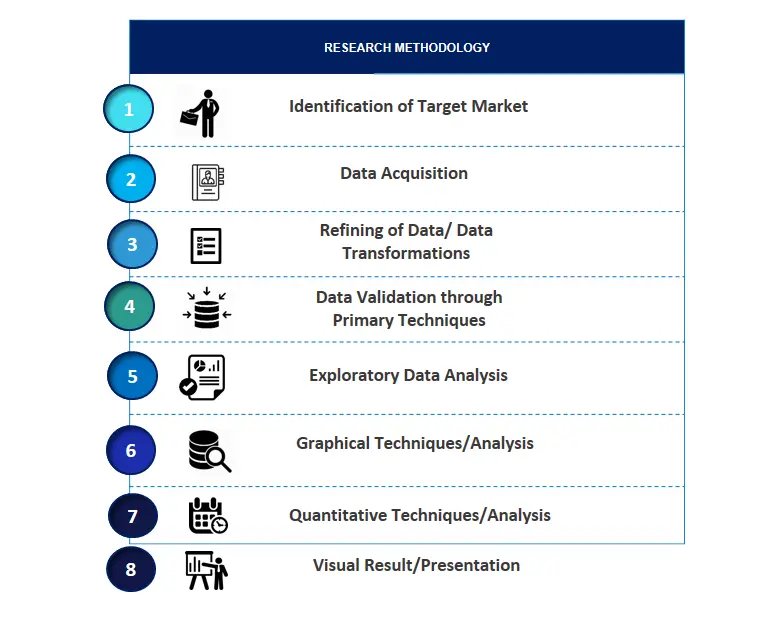
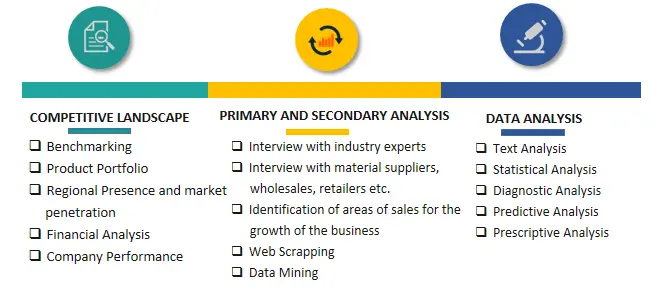

Frequently Asked Questions About This Report
PLACE AN ORDER
Year End Discount
Sample Report
Pre-Purchase Inquiry
NEED CUSTOMIZATION?
Request CustomizationCALL OR EMAIL US
100% Secure Payment






Related Reports
Our Global Clients
Our data-driven insights have influenced the strategy of 200+ reputed companies across the globe.













